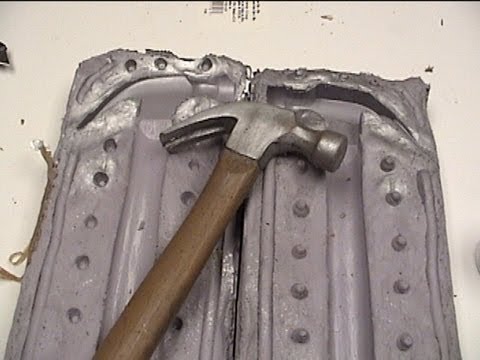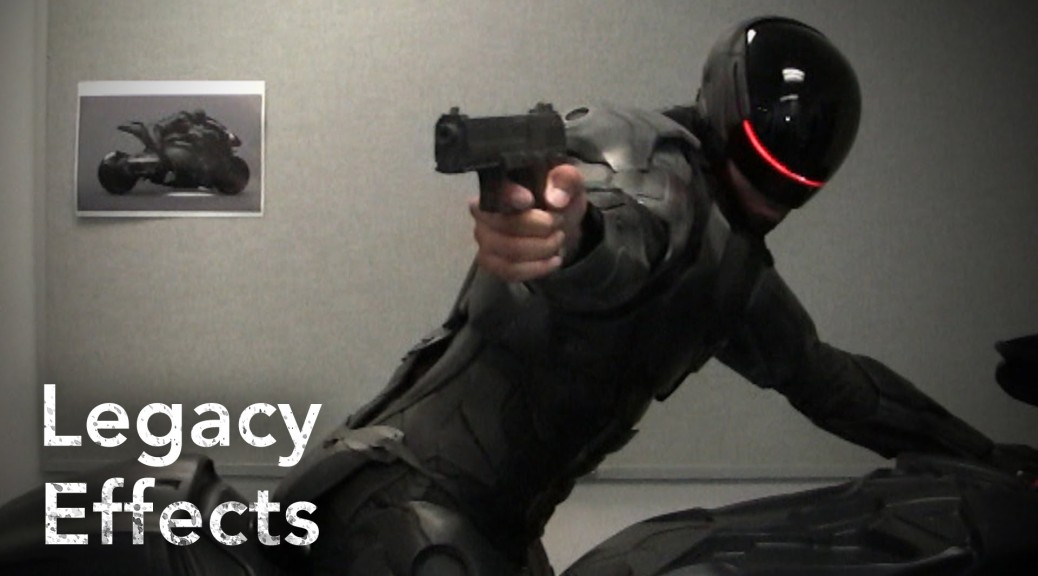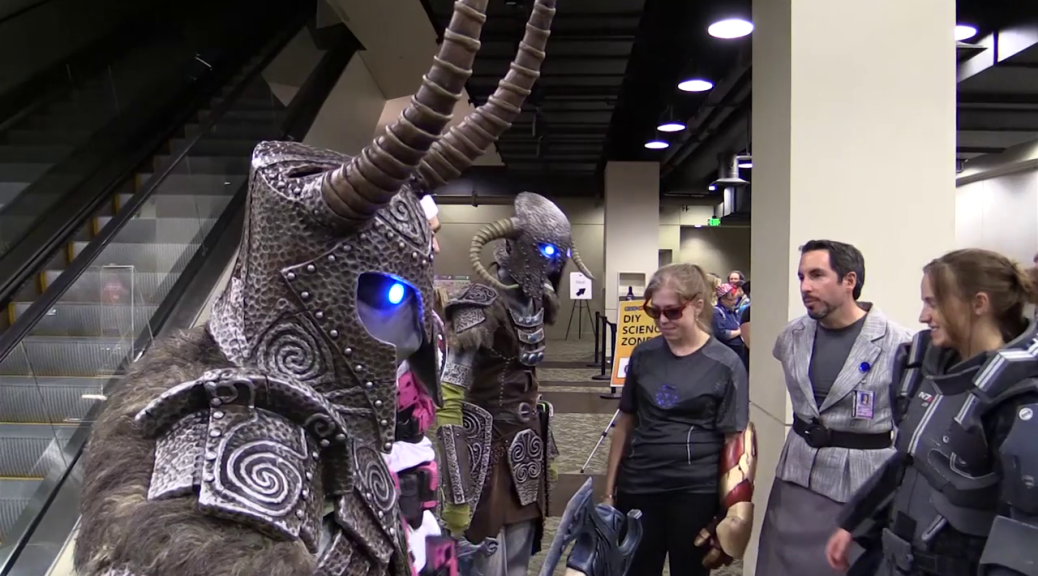I recently came across the Brick in the Yard Mold Supply YouTube Channel, which has well over a hundred videos on molding, casting and finishing techniques. I started off by watching this one on casting a rubber hammer. Brick in the Yard has been selling molding, casting and special effects supplies out of their shop in Texas since the mid-nineties, and their collection of videos give an in-depth look on how to use a lot of them. So check it out:
Tag Archives: molding
Last Links in April
Hey, if you haven’t gotten my Prop Building Guidebook yet, you can get it direct from Focal Press for 20% off until April 29th! Just use code MRK95 at checkout. It makes a great gift for graduation (hint hint).
This seems like one of those weird Buzzfeed articles, but it actually has a whole lot of cool photographs from a tour inside Jim Henson’s Creature Shop.
Legacy Effects has a great video on the making of the suit from the new Robocop film. Sure, there is a lot of 3D printing and digital fabrication involved, but there is also a surprising amount of traditional artistry going on, including sculpting, painting and sewing.
La Bricoleuse discovers an armor maker right here in North Carolina. Dr. Eric Juengst is the Director of the Center of Bioethics at UNC Chapel Hill, and he spends his spare time fabricating historic suits of armor (and suits of armor for animals). Check out these photos and video of his workshop and his creations.
Here’s a good step-by-step tutorial on how to do a life cast of a face from Lauren Daisy Williams, a student at UNCSA. I met Lauren at the USITT Young Designer’s Forum this year, where she had all sorts of fun molding and casting projects on display, so it’s nice to see her share the process for some of her work online.
Friday Fun Time Link-o-Rama
Chrix Designs shows how she made a staff of Kraken; it’s a staff with an orb surrounded by octopus tentacles. I found her technique for making the sculpted tentacles pretty interesting.
Kris Compas shows how to turn on a drill press in this two-part tutorial (see part 1 and part 2). Now, a drill press motor isn’t made to withstand the lateral pressure from full-scale turning of hardwoods , but Compas is turning doll-house furniture pieces out of basswood. This seems like a fine technique for all that small-scale kind of stuff you might need to do.
For Nic Howard, nothing is safe when it comes to molding and casting. She shows how she molds everything from bookplates to cookies in order to have a library of decorative castings to attach to objects.
Cosplay Boom interviews Bill Doran of Punished Props in this video. Doran talks about how he got started and what he loves about making props.
Finally, American Horror Story’s two assistant props masters take you behind-the-scenes for a look at some of their props in this video:
Friday Links
I totally forgot to remind everyone this Wednesday (July 24th) was Propmaster’s Day. At the moment, most of the US prop masters are at their annual conference in Kansas City; I couldn’t make it this year, but hopefully I can share some of it next week. In other news, today is my last day at the Santa Fe Opera. I’ll be able to share some more things I built here in a month once the operas close. For now, enjoy these links from around the Internet:
At this year’s San Diego Comic Con, Adam Savage dressed as Admiral Akbar, with a mask built from the original movie molds. Check out the epic voyage of molding and casting it took for him and a team of skilled artisans to get there.
In the same vein, here is another intensive tutorial on sculpting, molding and casting brought to you by the creators of the indie film, He Took His Skin Off For Me. This one shows you how they made an actor’s arm appear to have no skin on it.
Disney Research is developing software to help design mechanical creatures and automata. They have videos and animations to help explain it better, but basically, you tell the program how you want something to move, and it shows you wear to stick hinges, pivots and motors to make it happen.
Rich Dionne has a great post up describing how to keep your painters happy. The simple rules he lays out are essential for getting the show up in time and not making everyone miserable in the process. Even if you don’t have a separate team of painters for your prop shop, these are good rules to make a mental note of while planning out the build and finish of each prop.
Finally, I have a post up on The Hill where I talk about my book. A lot. But I also talk about how prolifically it is being pirated and why that matters to those of us in the creative fields.



